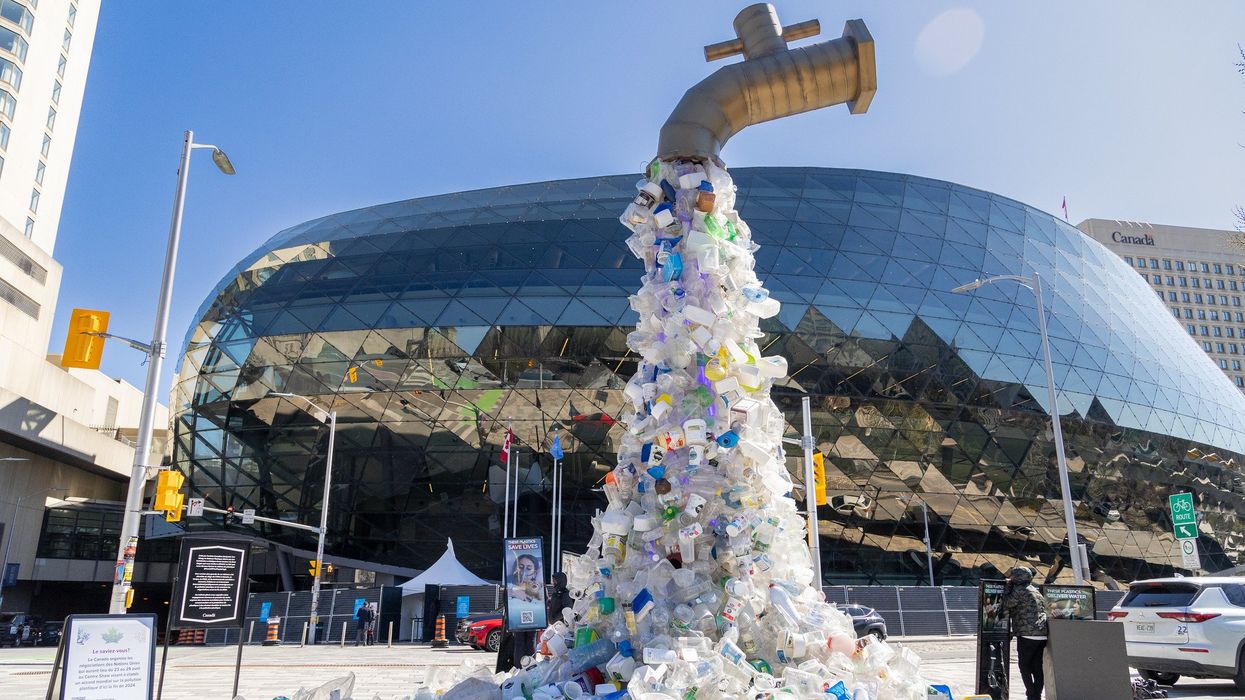
Our romance with plastic commenced just over a century ago. For much of this history, plastic was thought harmless: An almost infinitely malleable material that could be manipulated to do miraculous things without danger to humans, wildlife or the environment.
Indeed, that belief still persists in some quarters. For example, a delegate from a major plastic producing country proclaimed at the recent UN plastic treaty negotiation in Ottawa (April 2024) that “plastic is inert.”
That assertion is simply and profoundly wrong. Thousands of studies using modern biochemical science definitively prove the opposite, with scientific certainty. Plastic is not inert. Instead, the chemicals that go into plastics can cause many harmful effects and plastic particles themselves, now unquestionably penetrating the most intimate tissues and fluids in our bodies, may contribute to that harm directly.
How could we have been so wrong? Multiple factors have hidden the truth. Seven are especially important:
- Chemists and chemical engineers got better and better at mixing simple plastics with more and more chemicals to manipulate its material qualities. Do you want it softer, more malleable, better able to resist sunlight damage, etc.? Countless properties were altered to produce the wide varieties of plastic we have now. Today’s plastics are a veritable soup of chemical ingredients. All told, across all types of plastic, over 16,000 chemicals are known to be present. Very few of those plastic ingredients, or the whole soup, have been tested for safety.
- No one thought carefully and systematically about the reality that plastic production unavoidably includes impurities, and these react with chemicals in the soup to form literally thousands of “non-intentionally added substances.” Among them are many hazardous chemicals, and also other chemicals that have not been characterized well-enough to even begin to understand their potential dangers.
- No one worried initially that those chemicals might leach from the products and into the environment, or food in plastic packages. But even if they did, the assumption was that the amounts migrating would be so small as to be immaterial.
- No one realized at the beginning that some of those chemicals would disrupt human and wildlife hormone signaling at infinitesimally low levels so that exposures caused by leaching could actually be quite hazardous, contributing to many human maladies including heart disease, cancers, infertility, and neurological, metabolic and immune disorders.
- No one imagined that waste plastics, instead of being degraded by natural processes, would persist for decades or longer, breaking into smaller and smaller pieces that ultimately have invaded not just the entire biosphere but also our very bodies, in the most intimate places. And in addition to chemicals inherent in those pieces also come hitch-hiking chemicals the particles picked up somewhere in the environment they traversed enroute to our bodies.
- No one foresaw, except in the wildest dreams of plastic producers, that production would expand exponentially so that by today it overwhelms our ability to manage the volumes that are produced.
- Vast fortunes have accrued to companies and individuals in the plastic business. That has enabled serious efforts to oppose and undermine science demonstrating harmful effects of plastics. Too many examples show that companies hid data about the toxicity of their products until efforts by intrepid journalists and lawyers unearthed damning evidence in company files and memos, sometimes decades old. It makes you wonder: “Don’t the perpetrators have families whose futures they care about?”
Today, we know with confidence that the chemicals released by plastic manufacturing, use and disposal harm people, wildlife and the environment. We know they are ubiquitous. And we have considerable, growing evidence that micro and nano plastics now literally everywhere in the environment are likely to harm health also.
“Plastic is not inert. Instead, the chemicals that go into plastics can cause many harmful effects.”
Some uses of plastics are essential. We should be grateful for those. Yet it is scientifically untenable to look toward a future in which plastic production volumes triple by 2060—the plastic industry’s own projections—and imagine that future is remotely sustainable. Given the range of human maladies now traced to plastic chemicals, it is a recipe for societal suicide.
Many steps can and must be taken in response to this plastic tsunami. Overall, we should reduce production of plastic, simplify its chemistry, and remove hazardous materials from its ingredients. We must determine which uses of plastic remain essential; eliminate those that aren’t; and design new materials to replace still essential plastics.
Most important are efforts by synthetic chemists to use the scientific knowledge that has emerged about plastic hazards to design safer materials.
This article was originally published by Earth Action, a Swiss non-profit, in a report titled Stop the plastic avalanche in Switzerland and is republished here with permission.

